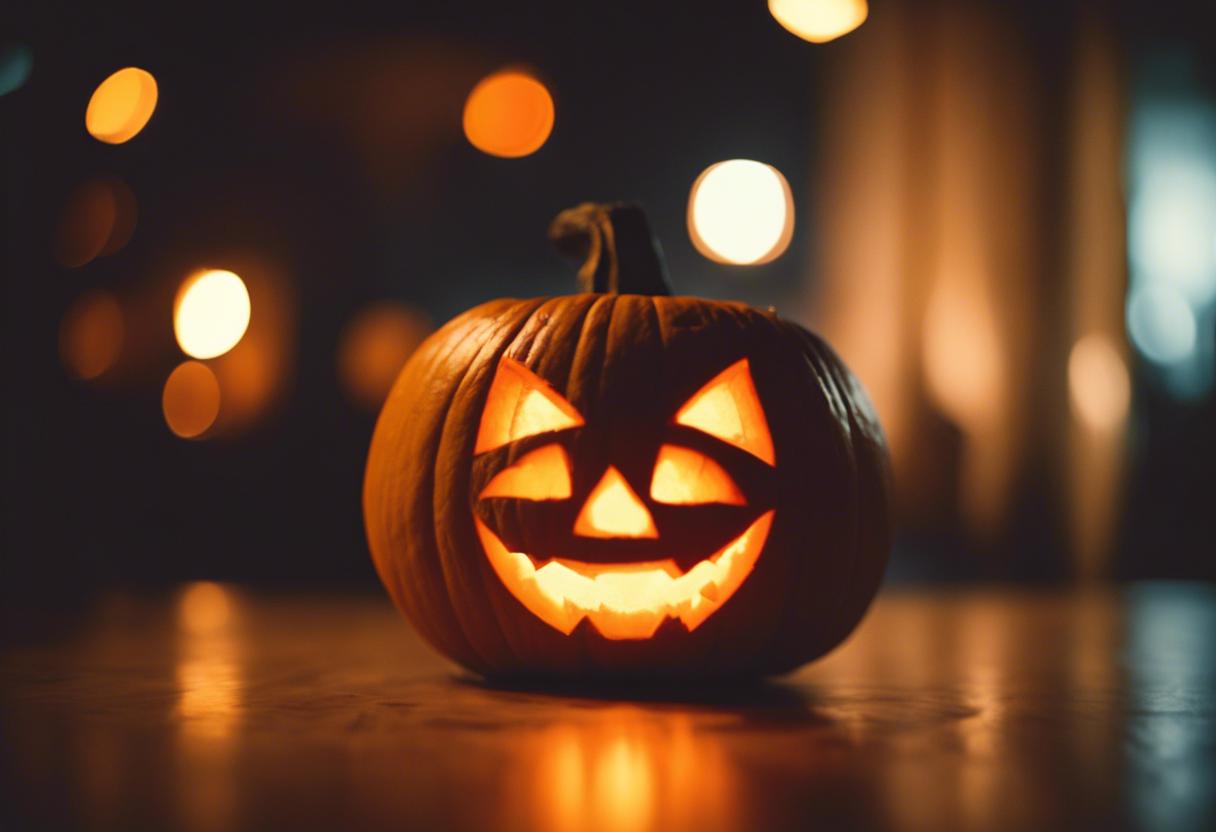It seems there’s a bit of bemusement among our English compatriots about the rise in popularity of the US tradition we call Halloween, questionably an American invention. This curiosity was sparked by a recent innocuous piece in the Guardian, penned ‘Why has Halloween boomed in Britain?’, which elicited a number of responses from their readership, mainly in the Celtic regions.
The Daily Telegraph, just a year ago, disputed how Halloween seems to have usurped Christmas as Britain’s most loved annual event. They started the piece recounting how a pumpkin farmer had unsuccessfully endeavoured to market this seasonal produce some three decades ago. “Everybody remarked, ‘Halloween? That’s all-American, there’ll be zero interest.’ And they were spot on. We managed to sell a mere half dozen,” reported Stuart Beare to the reporter.
Understandably, any chance to correct English misconceptions is much appreciated. Let it be known that Halloween is not of American origin! We all are aware of this. It is worth noting that we were carving out eye holes in the hard skin of Irish turnips – far less submissive than the delicate pumpkin – when the forefathers of today’s fancifully dressed American trick-or-treaters were either doing the same, or were occupied with traditional practices of Halloween in Italy, Poland, China, and Korea before their migration to America.
Scottish and Irish contributors to the Guardian shared past tales of wandering around monochrome streets, hoping to coax an extra penny or a handful of nuts from joyous neighbours. Dipping for apples. Halloween sponge cake. Money found in the Irish fruit bread, barmbrack. Recollections reminiscent of the spoken-word pieces by singer-songwriter Van Morrison.
Indeed, Halloween is our invention, admittedly. However, critiques seen in the Telegraph and Guardian also hold relevance to Ireland. This is not the first instance where this column recognises one of the most exasperating deceptions in recent popular culture. Americans took our rendition of Halloween, morphed it into a gaudy commercial venture, then cheekily sold it back to us with a profitable smile.
People are uncertain as to when exactly the “Trick or Treat” tradition made its way to Ireland, distinct from its vaguely named Irish forebears. Some hint at its arrival as early as the 80s, but my recollection of travelling to America in the turn of the millennium still includes my surprise to see every external façade blanketed in hues of black and orange as October dwindled. Shortly thereafter, pumpkins started to emerge in the Irish landscape. Soon, our domestic decorations expanded likewise. As the century started taking its stride, Halloween had evolved into the culmination of a month-long orgy of horror-themed consumerism.
There is ample room to resent this. It’s perpetually merited to lament the acquiescence to hordes who find ‘fun’ in this madness. The examples are endless. The tolerance of marketing tactics where coffin-shaped fish fingers deemed as ‘terrifying’, or retail outlets advertising themed products as ‘ghastly spectacular’. The lack of outcry when radio ads adopt eerie voices, eerily often mimicking Boris Karloff even now, to promote ‘fang-tastic’ or ‘booti-ful’ deals on mid-level hatchbacks.
The ascendancy of fancy dress as a tyranny veiled as ‘fun’ has also been seen. It’s one thing to masquerade as a vampire or Freddy Krueger, but it seems now deemed suitable to dress as, for instance, Princess Leia or a Super Mario Brother. A friend of mine once elicited a mix of astonishment and affront when he announced to his American colleagues that his Halloween costume would be his everyday self.
All these instances point towards a growing inclination towards infantilism. It underlines a desire for uniformity, a thriving need for everyone to be on the same page, at the same moment. Yet more alarmingly, it reveals a near-total capitulation to corporate mentality. The mass is instructed to buy, don, and dream Halloween until given a different directive. Then, they’ll obediently buy, wear and dream of something new.
There’s a solitary silver lining to the adoption and the consequent distortion of our once-spooky tradition into an adolescent American version: Halloween effectively postpones the early onset of Christmas. Officially, Halloween begins on the first day of October when supermarkets start to adorn alternate aisles with faux spider webs and pumpkin-coloured streamers, and Halloween-themed candies begin to pile up.
Before Halloween gained popularity as an unavoidable trend, remnants of Christmas regularly started appearing in retail outlets as soon as the autumn leaves started to fall. Christmas jumpers in large numbers, a variety of selection boxes, and maybe a handful of advent calendars would herald the Yuletide. Some of these items can be spotted even now, but they’re often obscured by the tide of playful horror that takes over every retail space.
This may just be a small consolation for the manipulation of a unique cultural event, but it’s something to take comfort in as you navigate your way through the Halloween-themed aisles.

